At the start of the lesson, Storm and Lilly shared their understanding of yeast and the changes that occur during the mixing phase of bread making.
When we mix the yeast with water, it comes alive and expands. In our experiment it exploded like a volcano.
We learned that when yeast activates, it eats the sugar and releases a gas. This is just like our body as we release gas after we eat.
Joshua made a connection to an experiment the class had performed the previous week to ensure that yeast activated and didn’t die.
Last time the hot water killed the yeast so we have to use warm water.
Rylen shared that the water can’t be cold either.
If we use cold water, the yeast will do nothing and then the bread won’t work.
Having agreed that our the recipe will require warm water to activate the yeast, students discussed the other ingredients that are required to make bread.
Vera shared her experiences of making bread at home.
When I bake with my Mum, we put flour and salt into our mixing bowl.
The class talked about the role flour plays in bread making, especially the impact of gluten. Students learned that the word gluten comes from the Latin word meaning glue. Mason was able to make a connection to a previous experience of bread making.
Last time I made bread, it all stuck to my hands and fingers. That must have been the gluten.
While mixing the ingredients, student’s shared their noticings with their learning buddies and continued to make connections to the science that was involved.
Look, the yeast is starting to bubble. Now it’s activated, it’s giving off carbon dioxide.
The flour is turning the mixture from a liquid into a solid.
When we add more and more flour, it gets harder to mix and it keeps sticking to the spoon.
Once the bread had been baked, the results were slightly underwhelming. Students realised that they had forgotten to knead the dough and therefore the bread didn’t rise.
This isn’t what I thought would happen. It is so hard and hasn’t risen.
Whilst eating, the student’s shared their noticings with their learning buddies.
It’s that hard, I need to use the side of my teeth. If I use my front teeth, they’ll break off. Wesley
Mine has got little spikes that have grown in the oven. They grew up from the heat.
I can see the bubbles inside the bread. That must be the carbon dioxide.
The inside is really soft. I wonder why it is soft inside but hard on the outside.
Students shared that they would like to try and bake bread at home, although this time, they would fully knead the dough to make sure the bread rises and doesn’t become too crunchy.
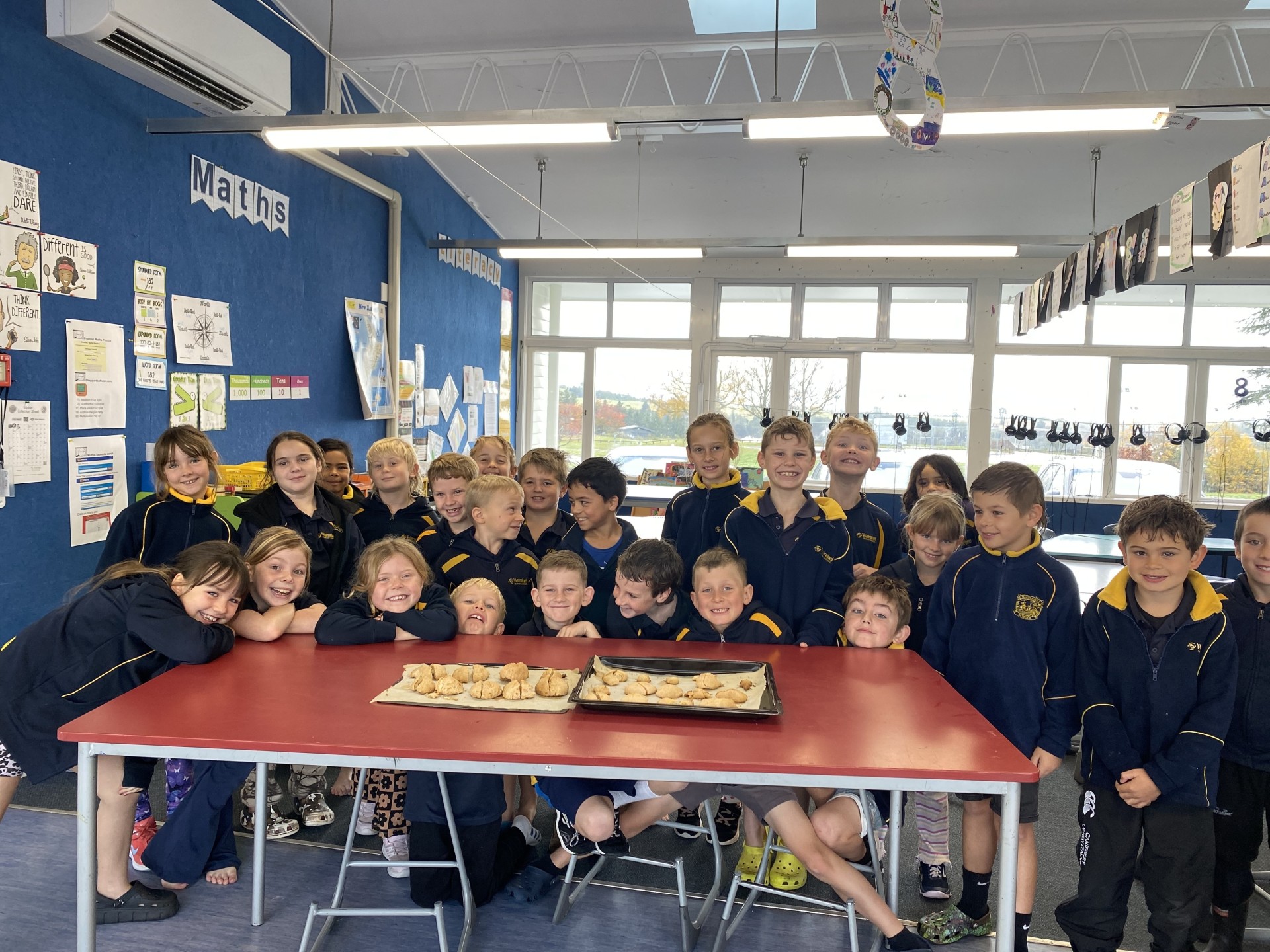
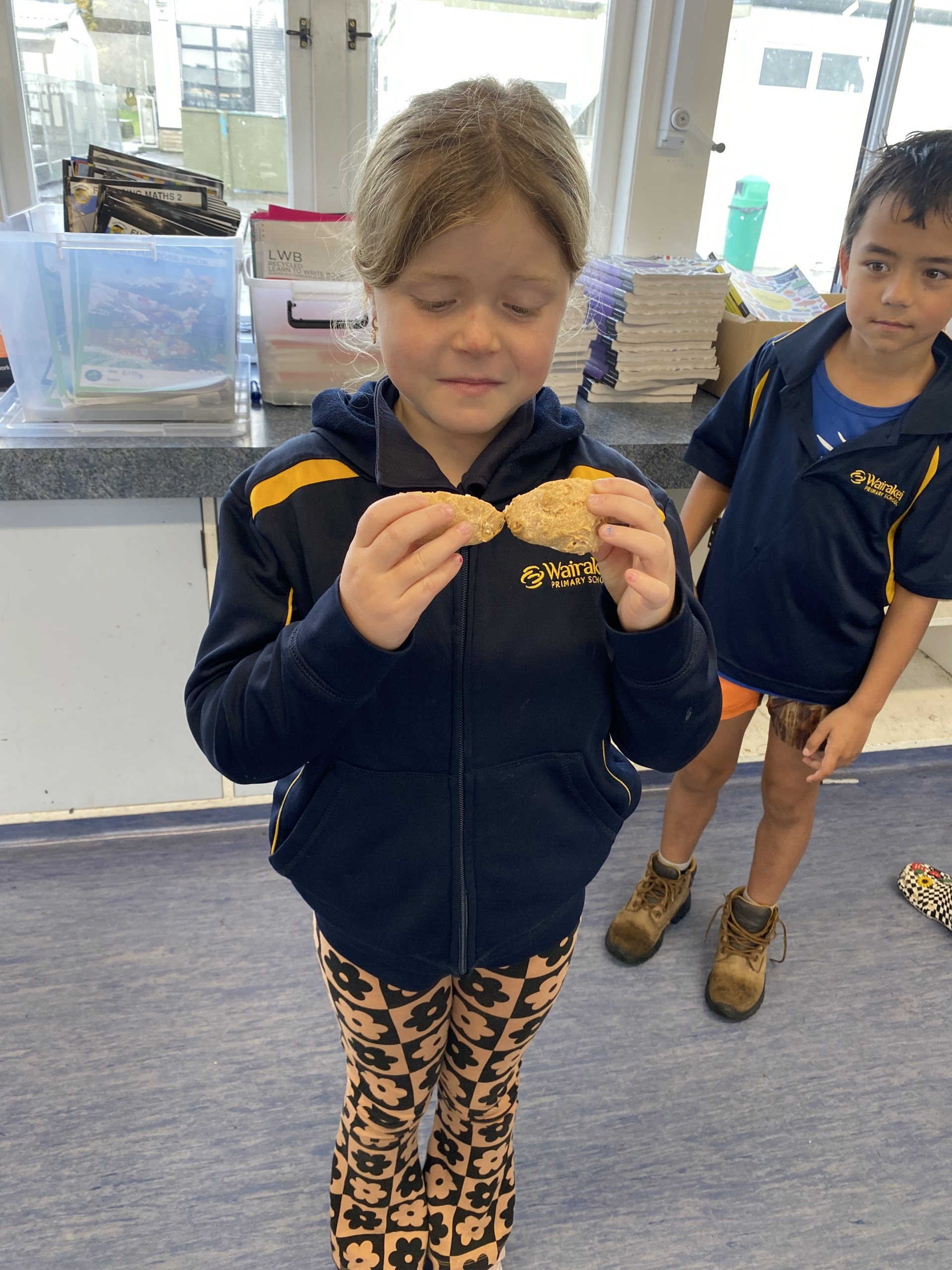
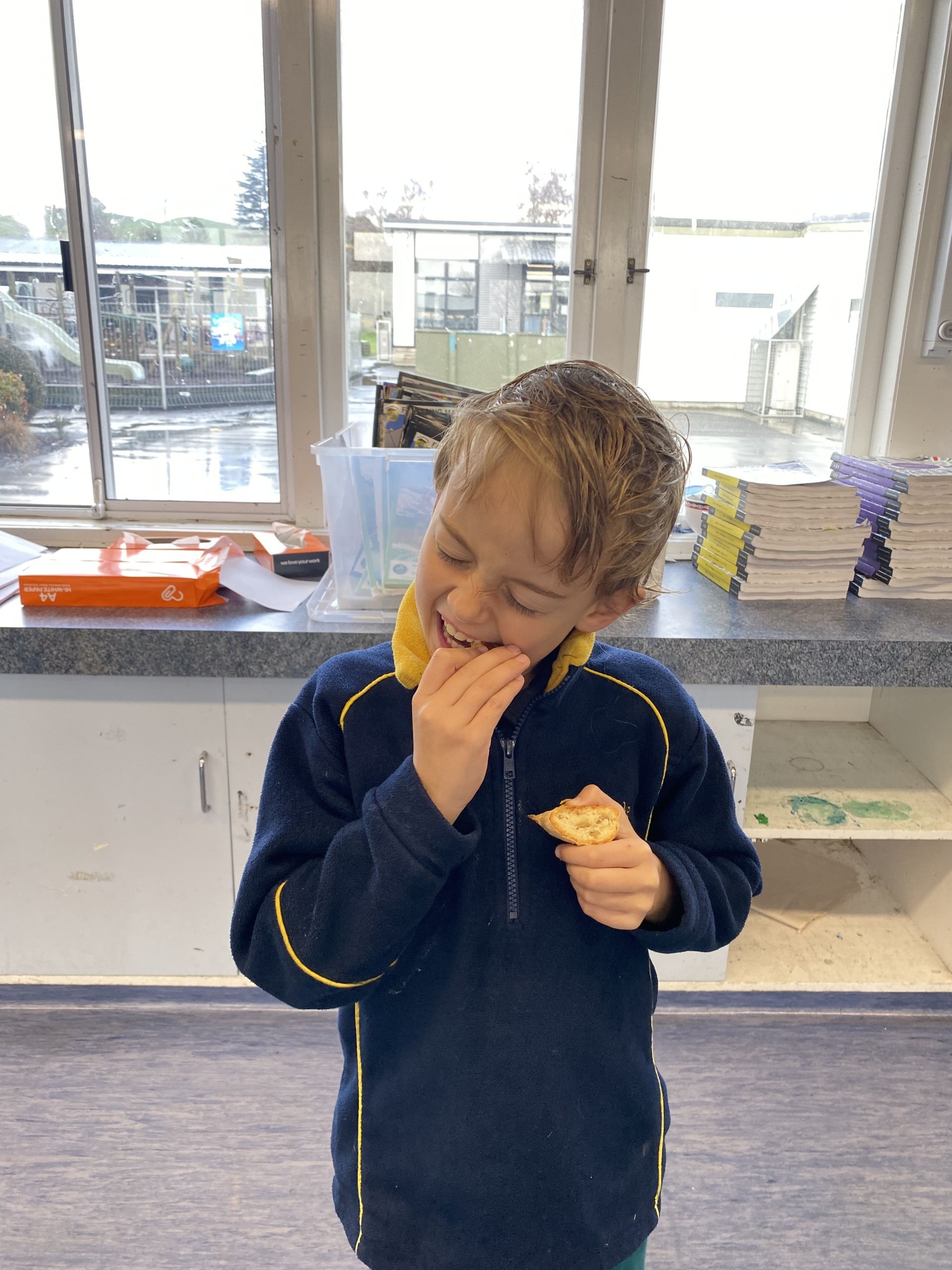
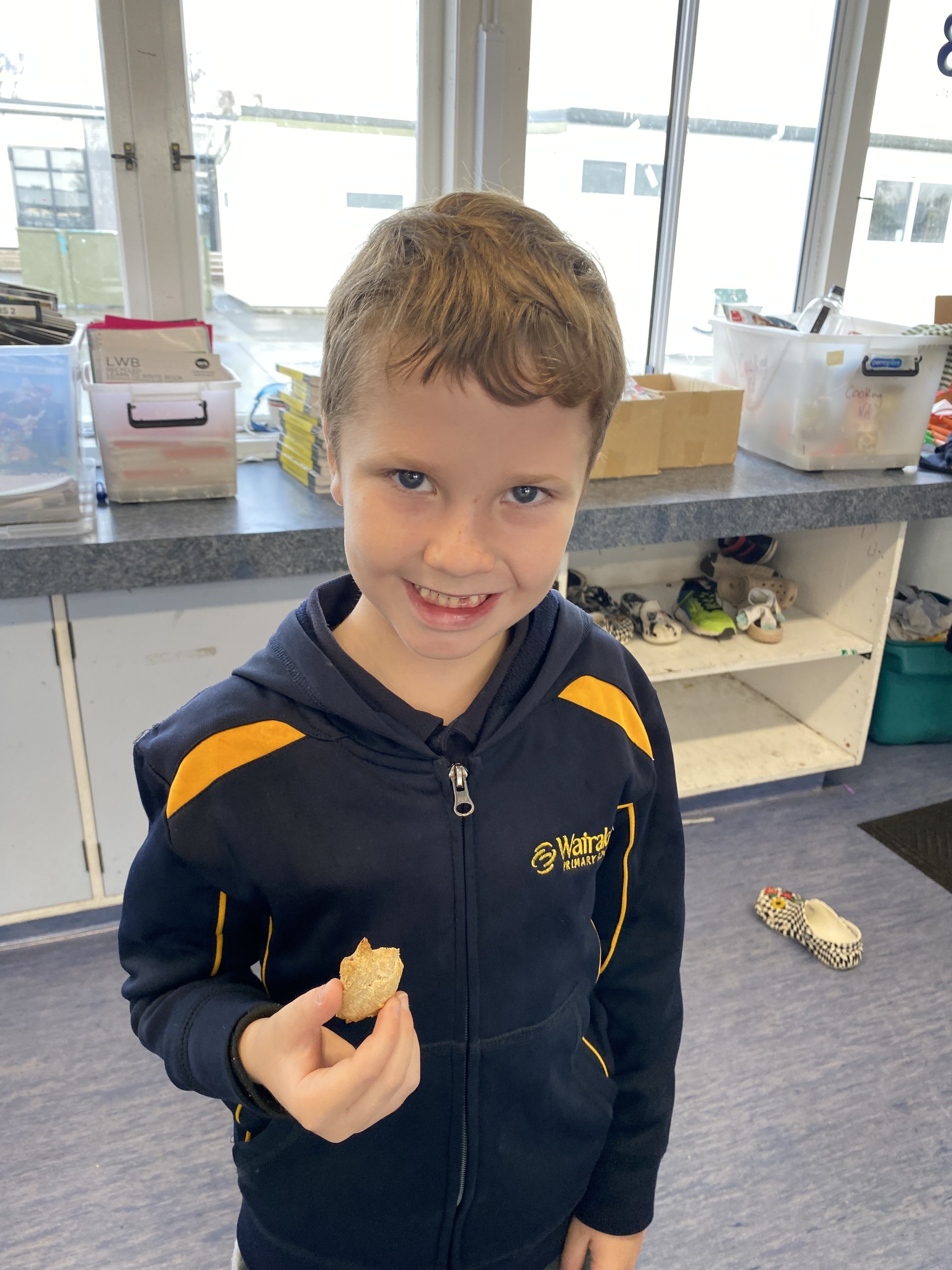
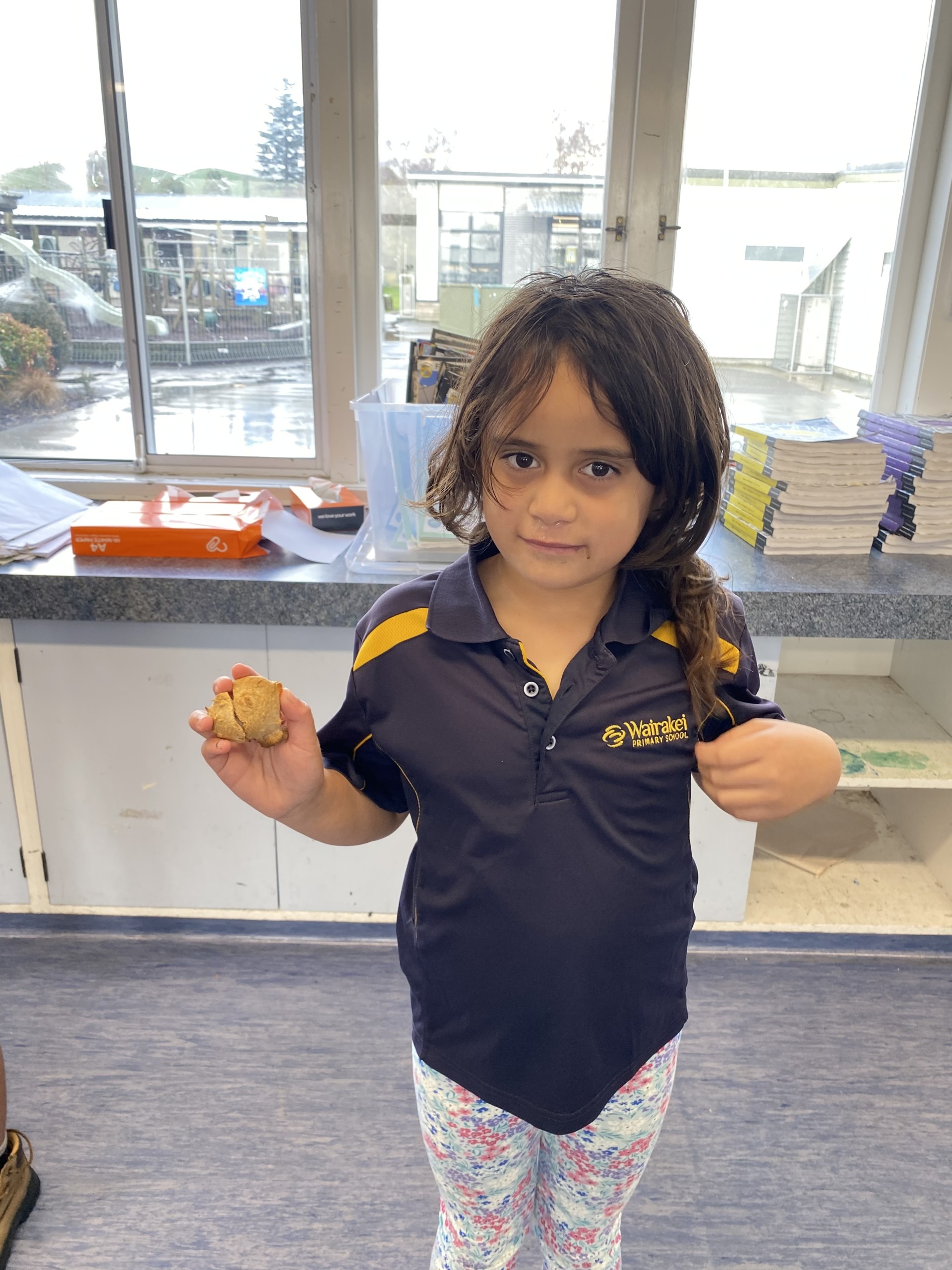
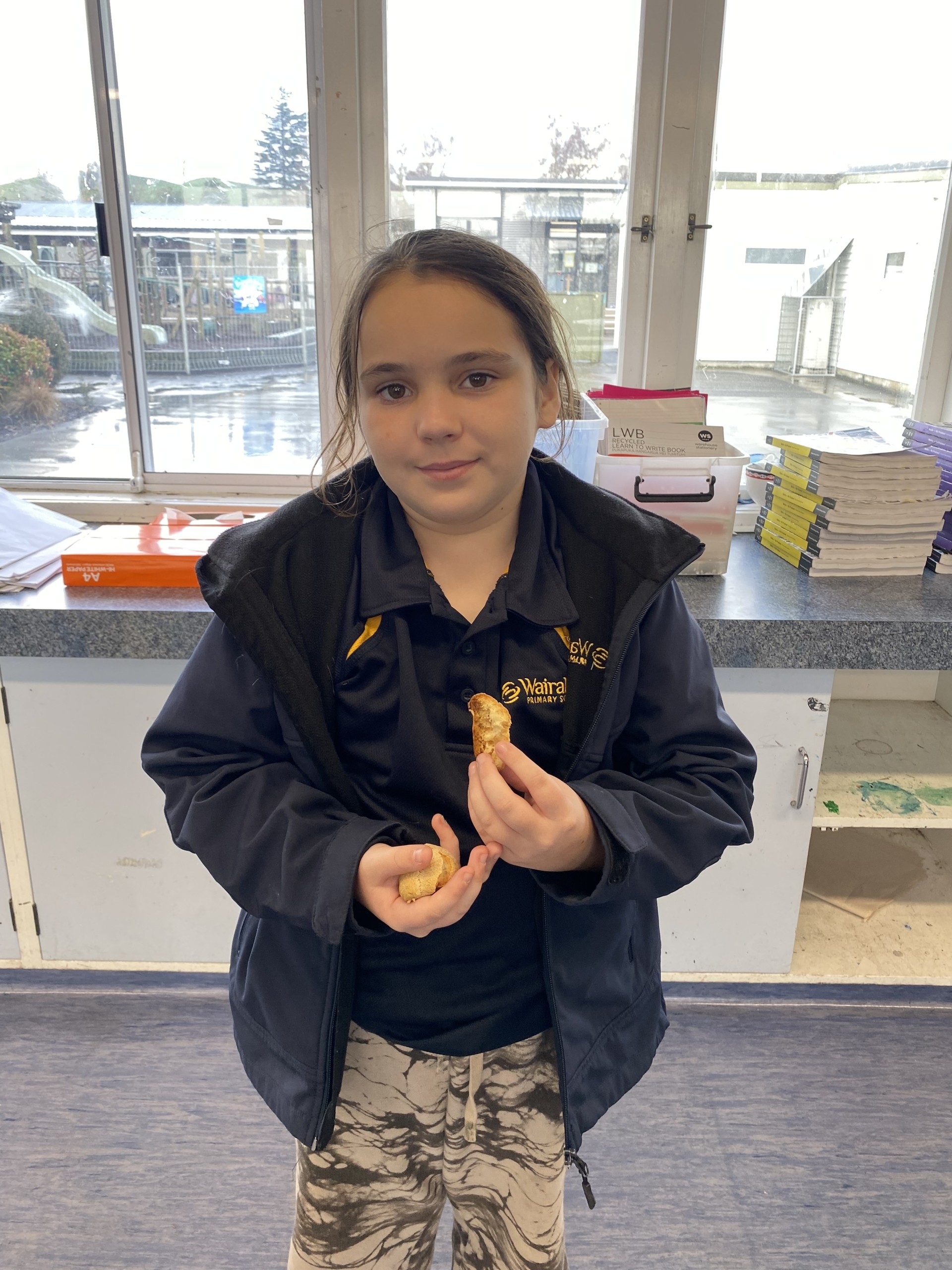
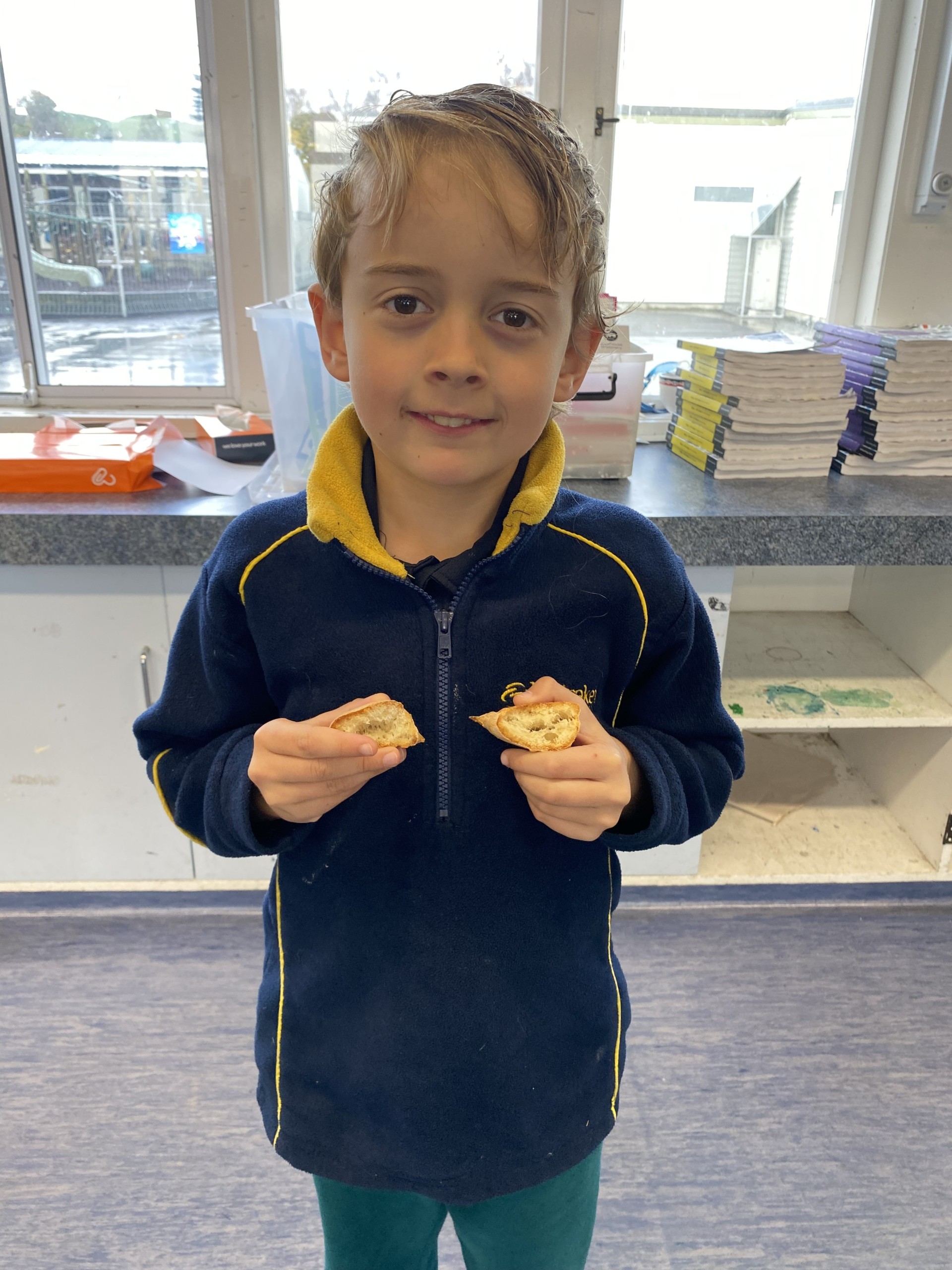
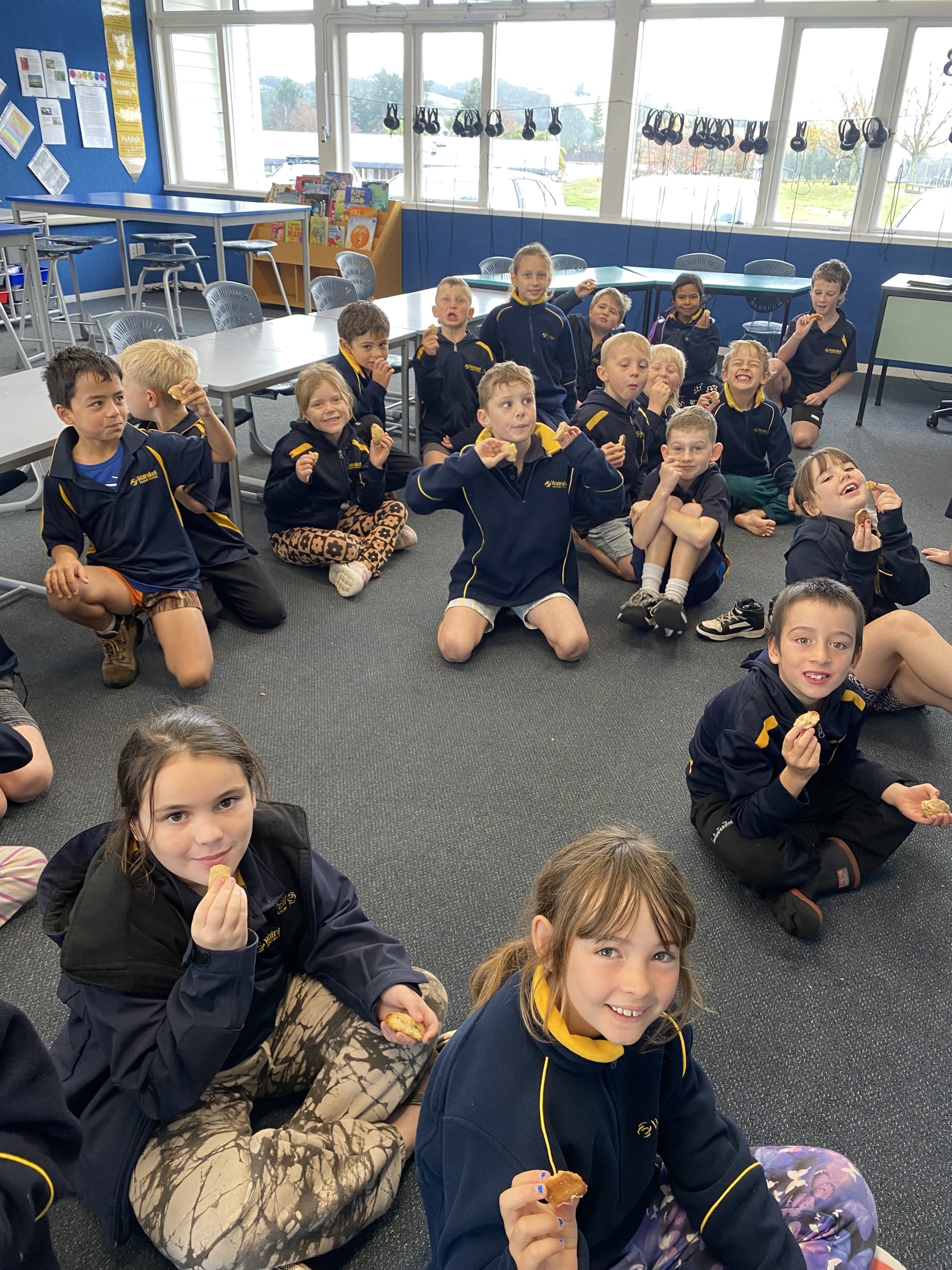

Comments
No one has commented on this post yet.